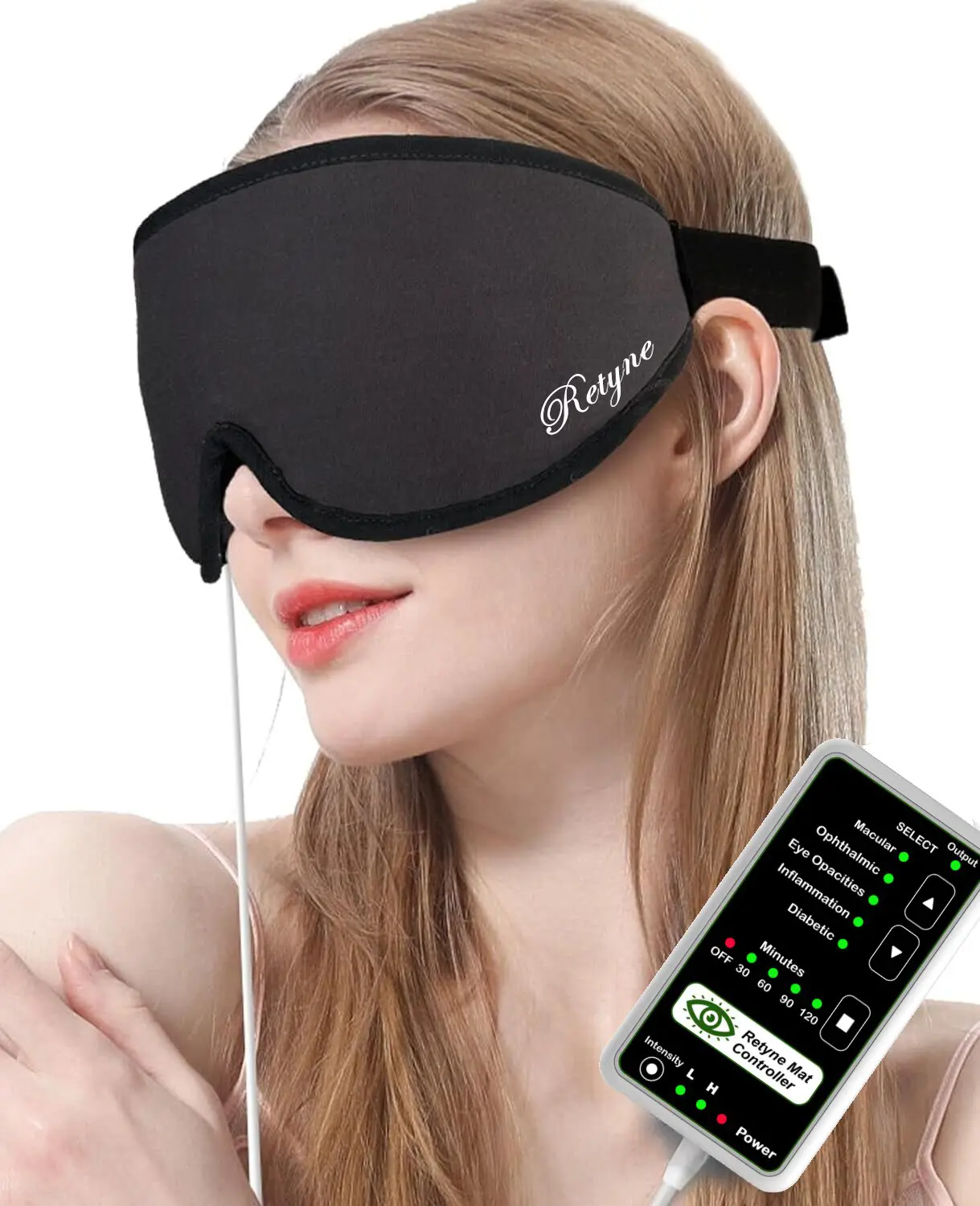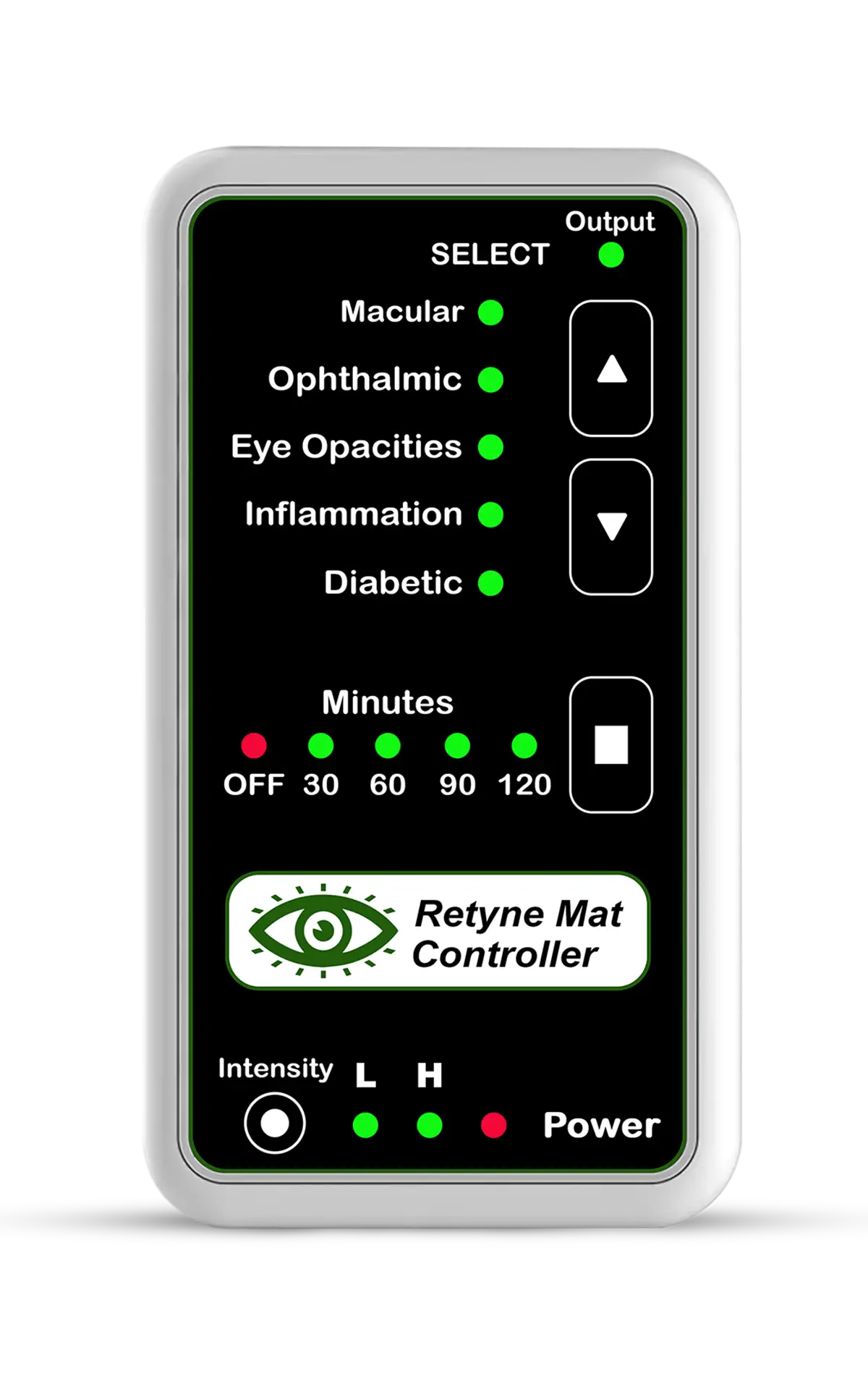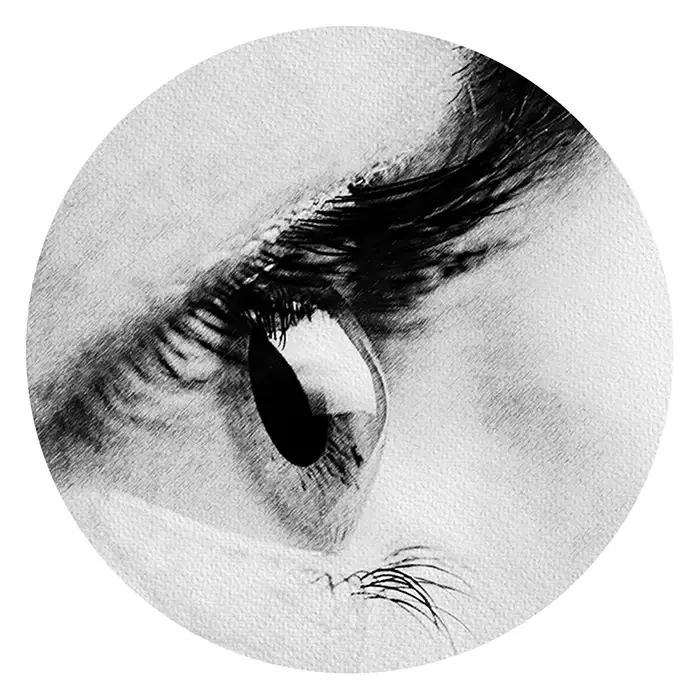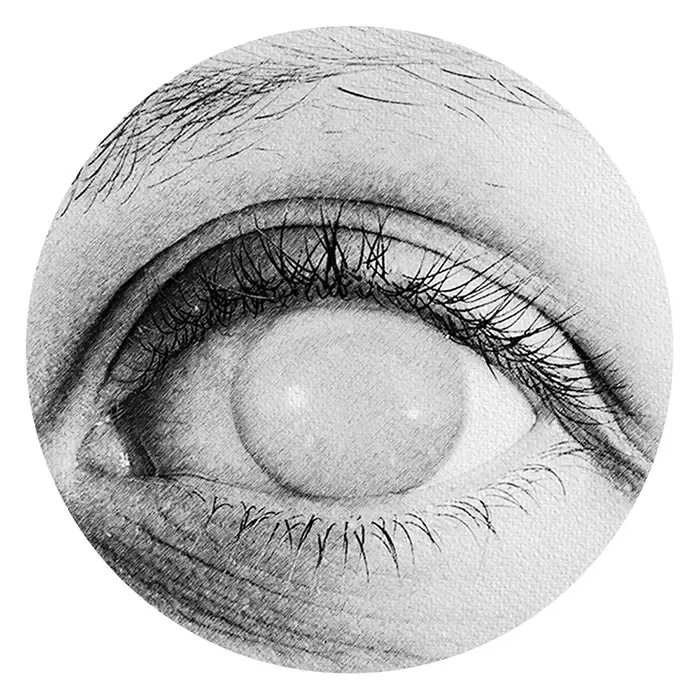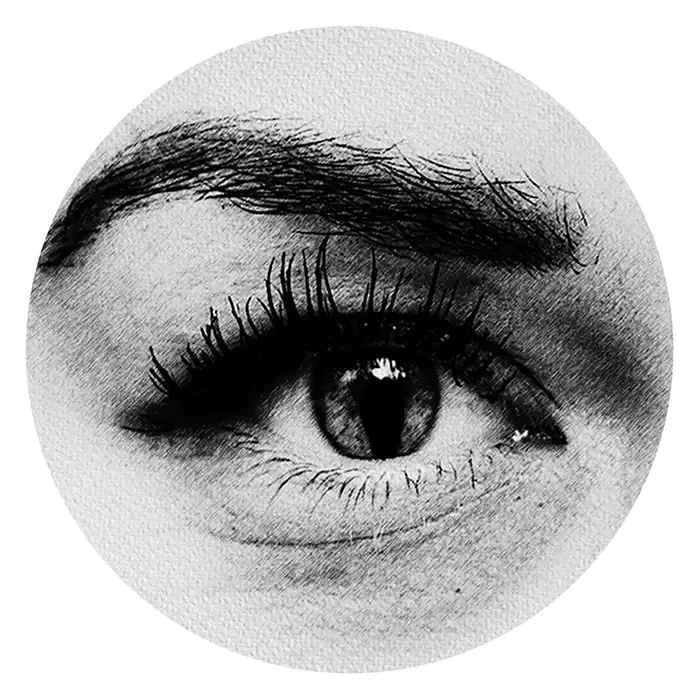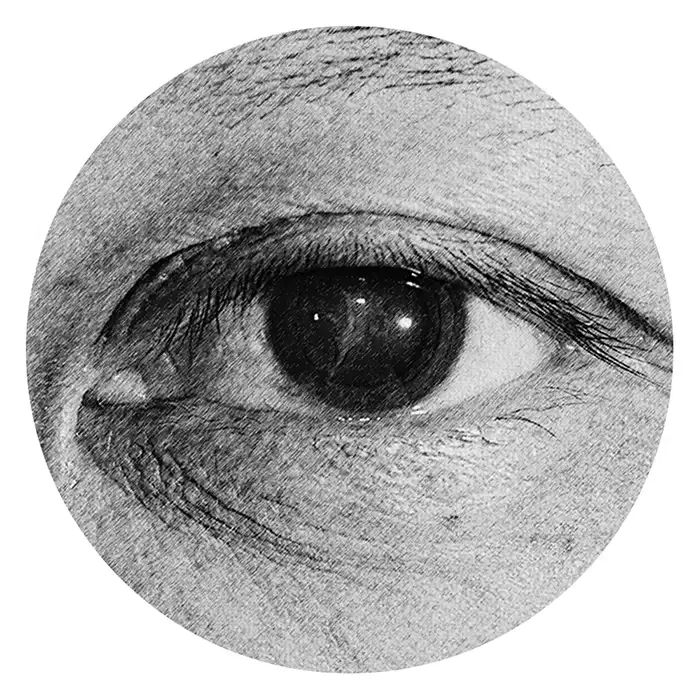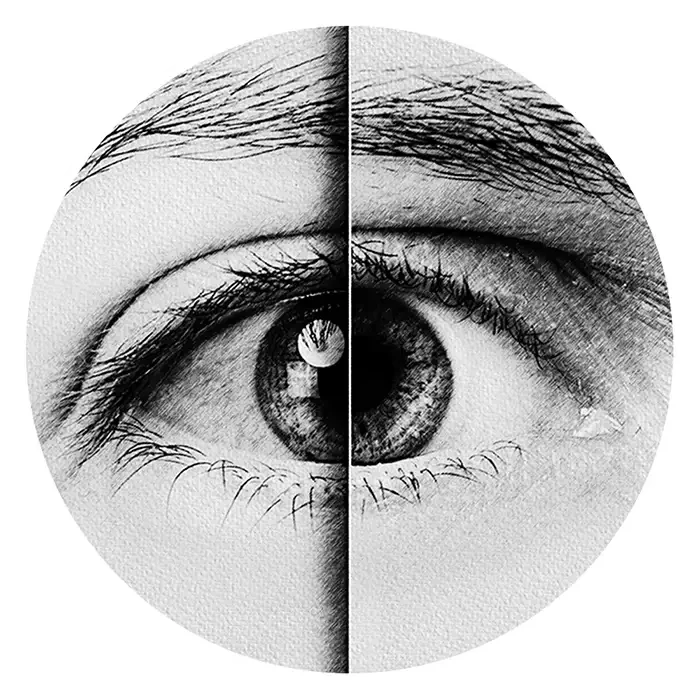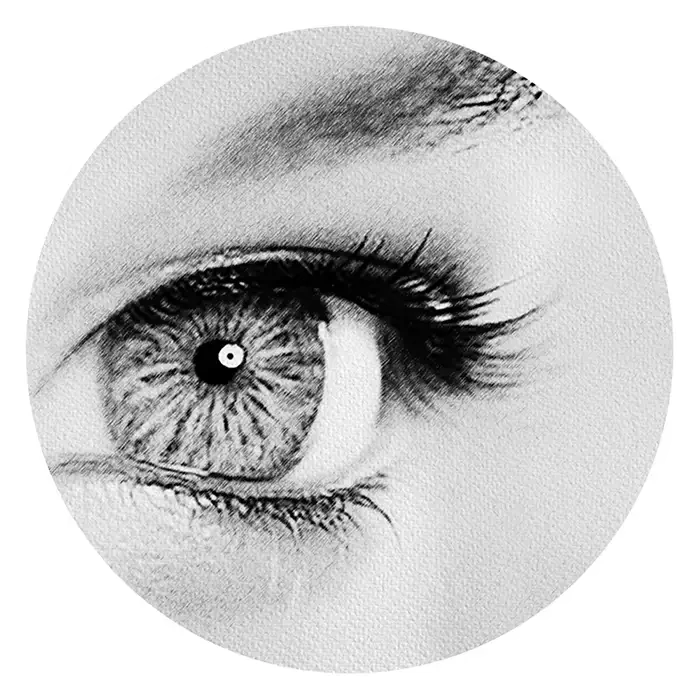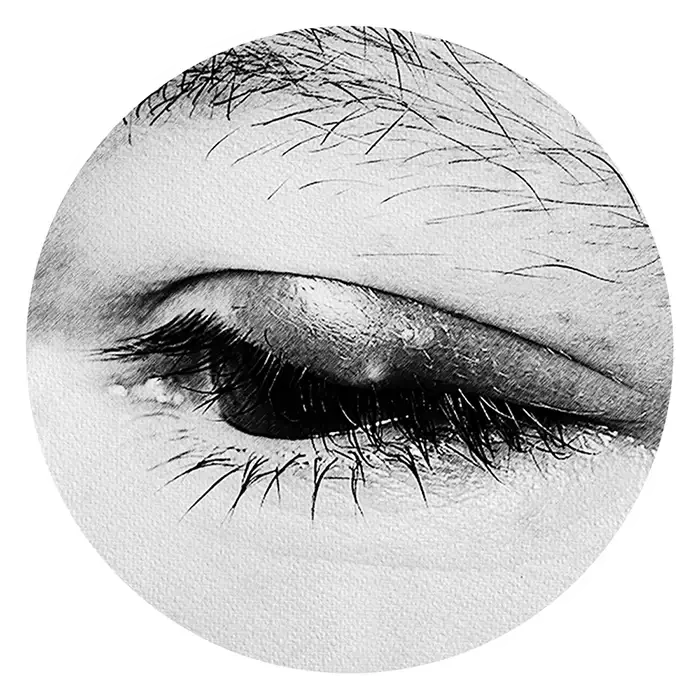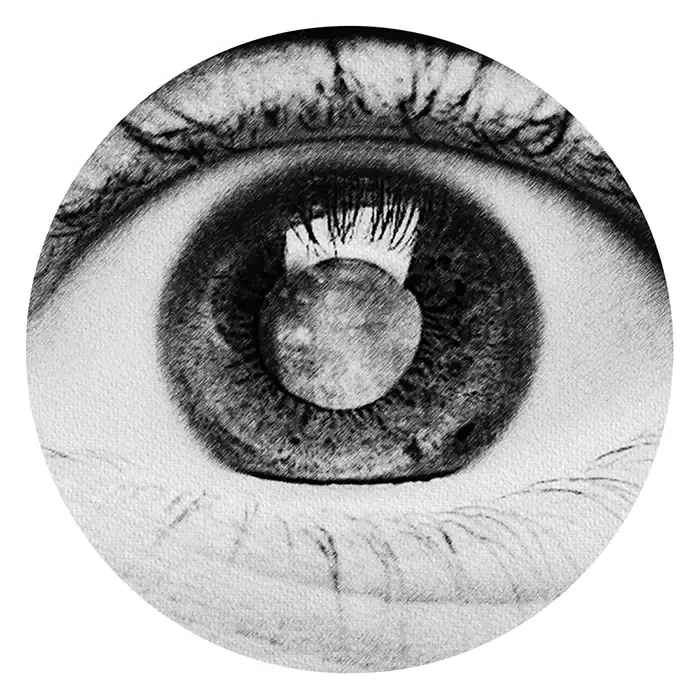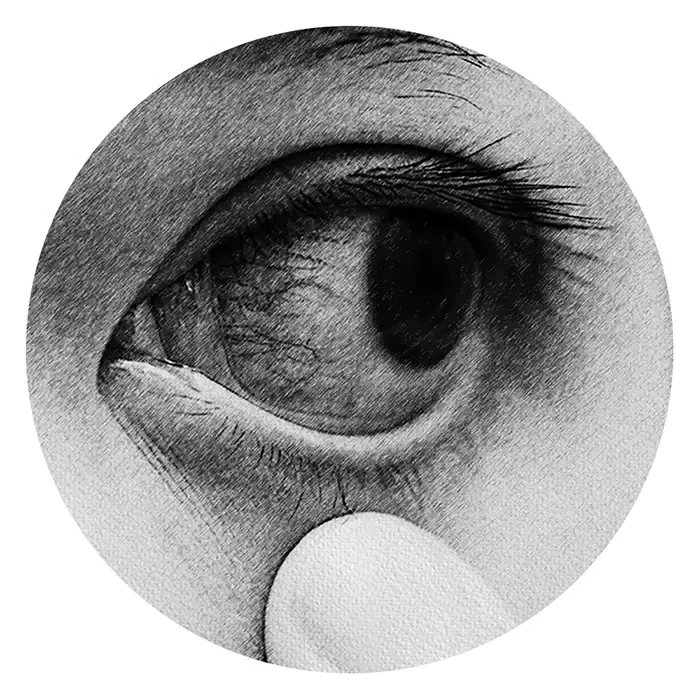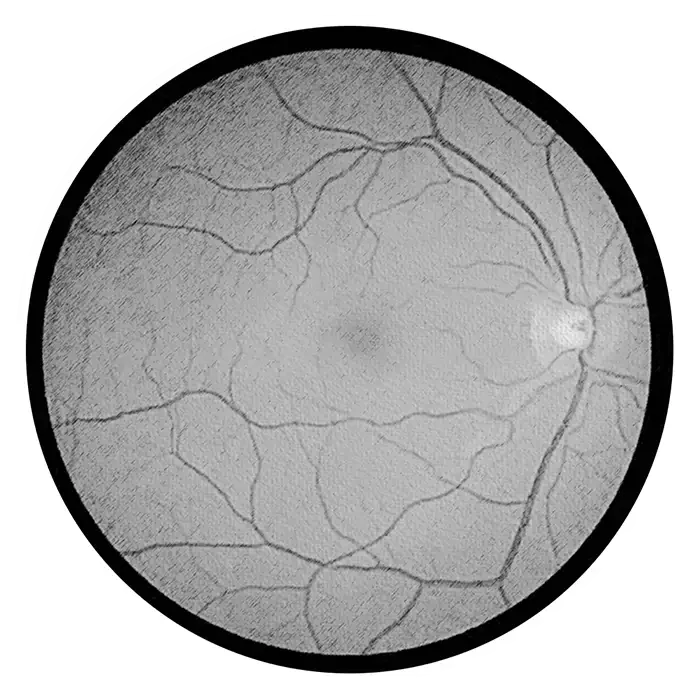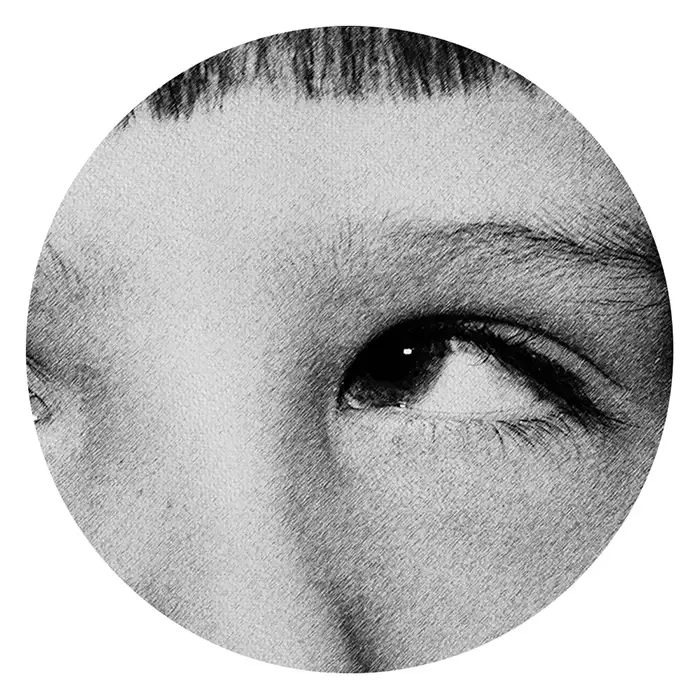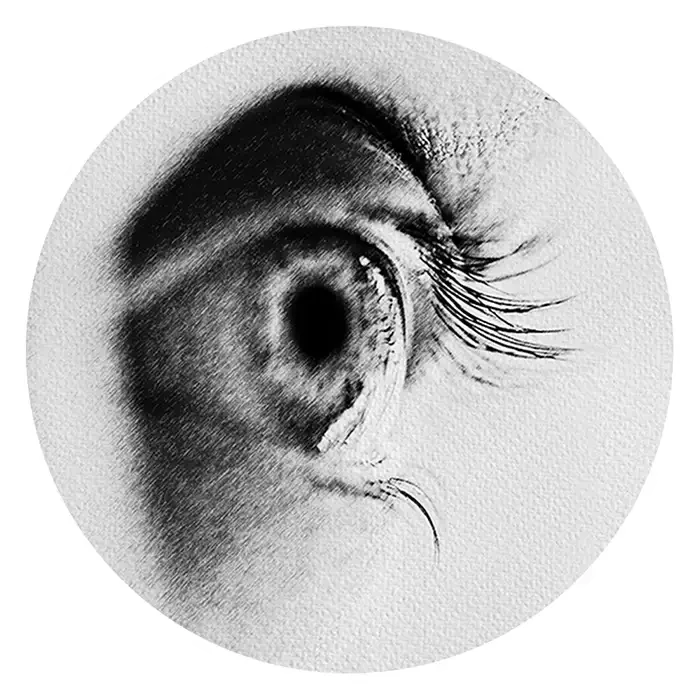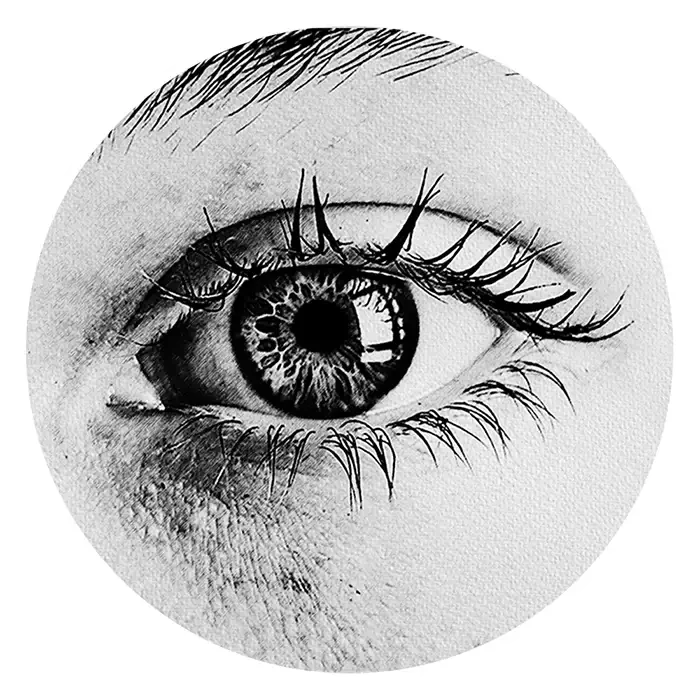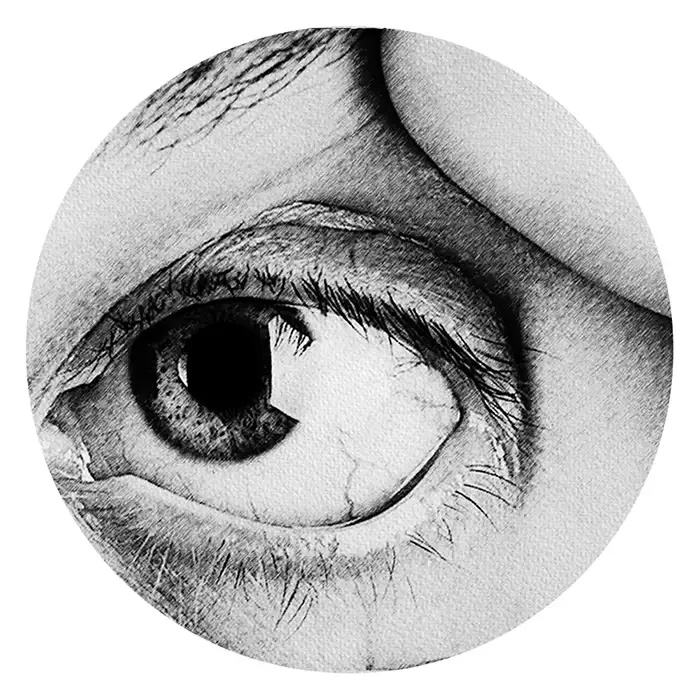Understanding Congenital Ptosis: An Overview
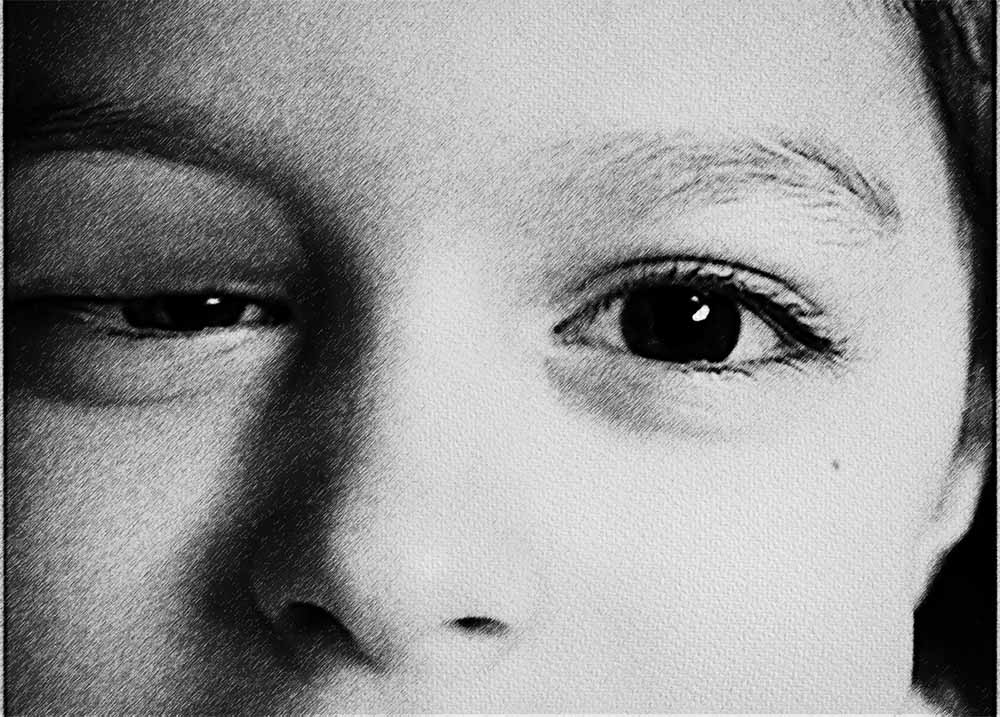
Congenital ptosis is a condition characterized by drooping of the upper eyelid present from birth or early childhood. This drooping can vary in severity and may affect one or both eyes. There are several types of congenital ptosis, each with its own underlying causes and clinical features.
Types of Congenital Ptosis:
Simple Congenital Ptosis: This type of ptosis is characterized by a drooping upper eyelid due to weakness or underdevelopment of the muscle responsible for lifting the eyelid (levator muscle). Simple congenital ptosis may occur in isolation or be associated with other ocular or systemic abnormalities.
Blepharophimosis Syndrome: Blepharophimosis syndrome is a rare genetic disorder characterized by eyelid abnormalities, including congenital ptosis, reduced horizontal eyelid fissure width (blepharophimosis), epicanthus inversus (fold of skin on the inner corner of the eye), and telecanthus (increased distance between the inner corners of the eyes).
Diagnosis and Management:
Diagnosing congenital ptosis involves a comprehensive eye examination, including assessment of eyelid position, eyelid movement, and levator muscle function. Additional tests such as visual acuity testing and evaluation for associated ocular or systemic abnormalities may be performed. Management of congenital ptosis depends on the severity of the condition and its impact on vision and ocular health. Treatment options may include observation, corrective surgery, or supportive measures such as the use of eyelid crutches or adhesive tape to temporarily lift the eyelid.
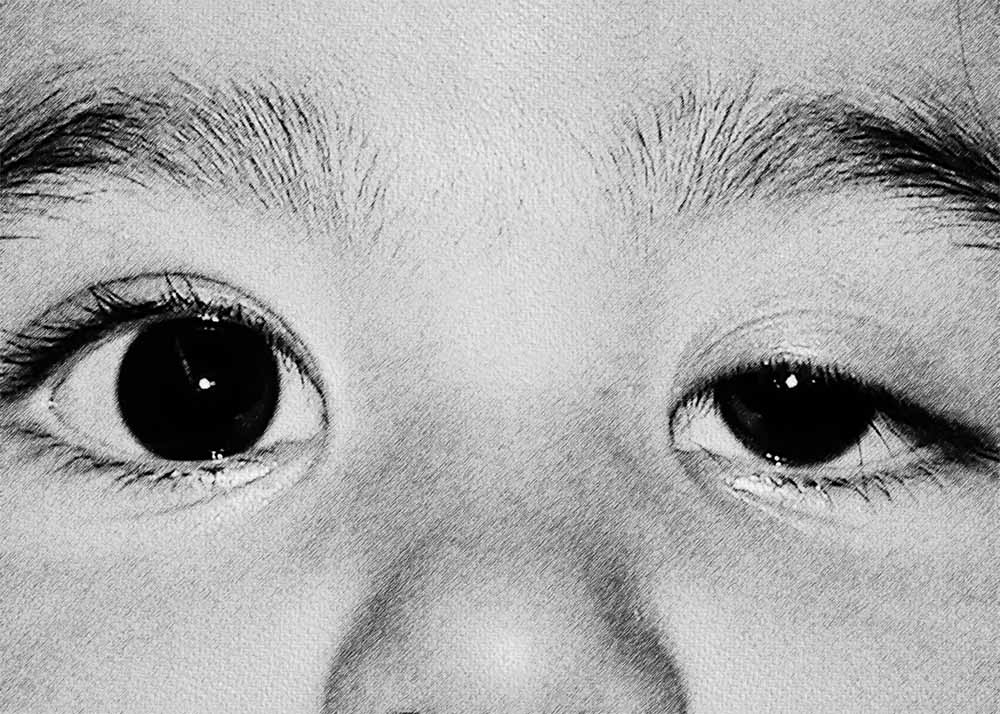
Treatment with Retyne Infrared Eye Treatment Mask:
The Retyne Infrared Eye Treatment Mask offers a promising therapeutic approach for individuals with congenital ptosis, particularly through Program #4 on the Retyne controller. This program harnesses the power of invisible infrared light therapy to stimulate muscle function, improve tissue healing, and enhance blood flow to the affected eyelid muscles. By targeting the underlying muscular weakness associated with congenital ptosis, the Retyne mask can help improve eyelid position and function, leading to improved cosmesis and ocular health.
Congenital ptosis is a congenital eyelid disorder that can significantly impact visual function and aesthetics. While treatment options may vary depending on the severity of the condition and individual patient factors, the Retyne Infrared Eye Treatment Mask offers a non-invasive and effective approach to managing congenital ptosis symptoms. Through its innovative use of infrared light therapy, the Retyne mask provides a promising solution for individuals seeking relief from the drooping eyelids associated with congenital ptosis, ultimately improving both functional and aesthetic outcomes.
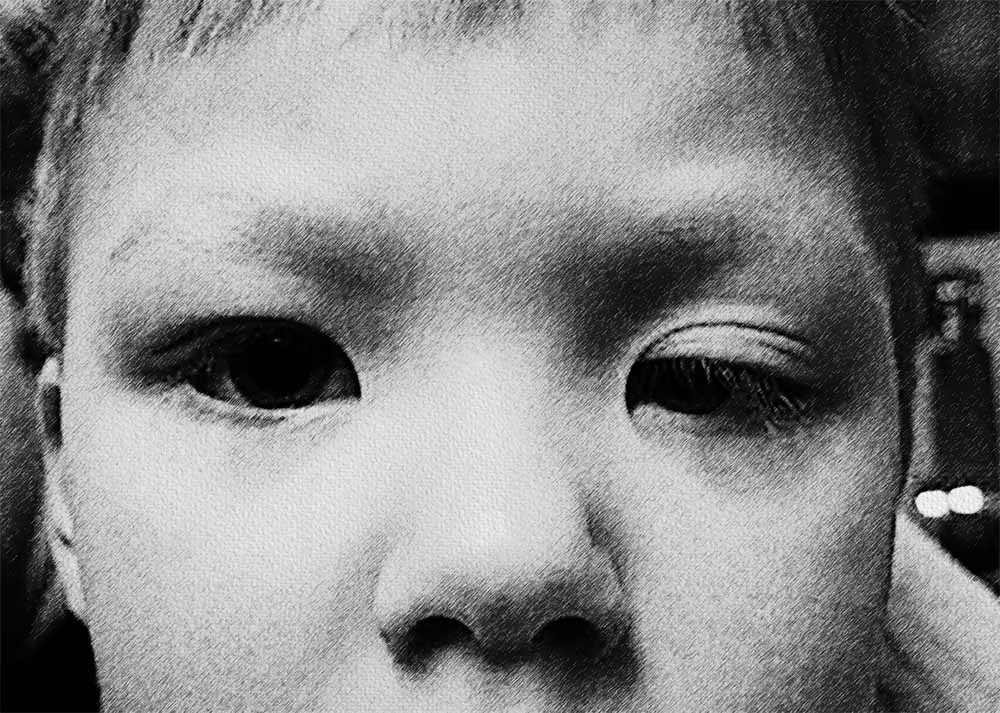
The Retyne eye treatment mask harnesses a general selection of frequencies (0.06, 0.5, 0.87, 12.85, 27.5, 141, 301.23, 453.02, 783.4, 825.03), meticulously tailored to target the symptoms associated with Congenital Ptosis. These frequencies are carefully chosen for their documented effectiveness in managing and treating this visual condition. Retyne's innovative approach involves the conversion of each frequency into invisible infrared light output, representing a groundbreaking fusion of frequencies with light—a pioneering technology pioneered by Retyne Labs.
Inspired by the seminal work of Dr. Rife, who identified healing properties in specific frequencies and utilized light for their transmission, Retyne's method capitalizes on current research on invisible infrared technology while building upon past studies on light transmission through frequency sources. The culmination of these efforts is the Retyne eye Treatment Mask, a convergence of state-of-the-art advancements in the field of visual care.
Congenital Ptosis general set group exists at program 1234 on the International ETDFL frequency list
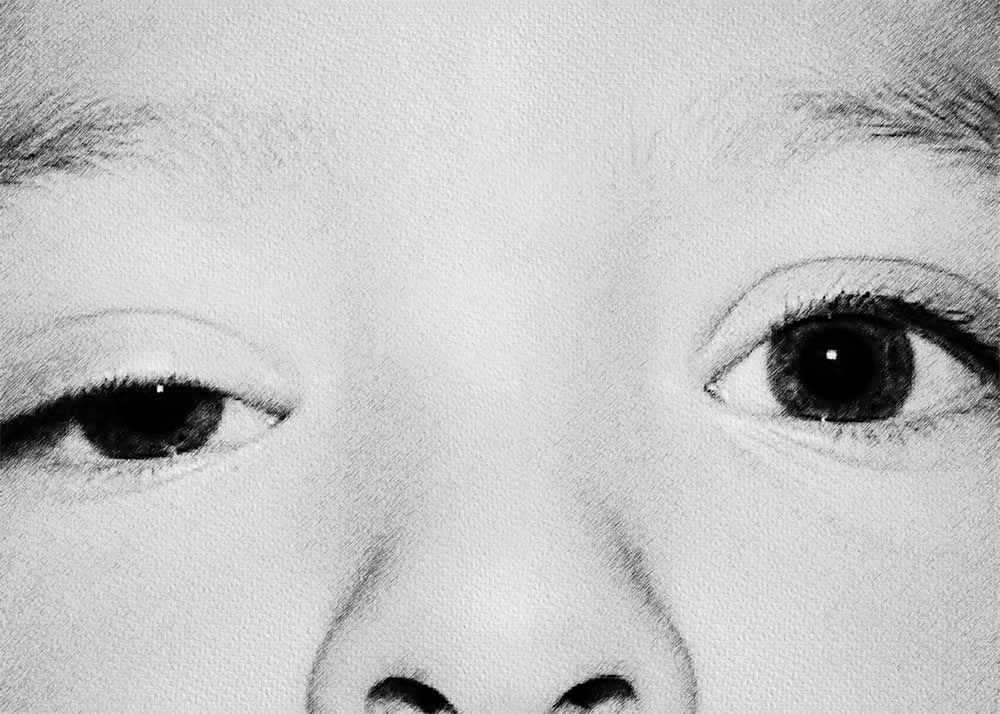
Compatibility
Standalone controller (Program #4) (Controller shipped with Retyne Eye Treatment Mask)
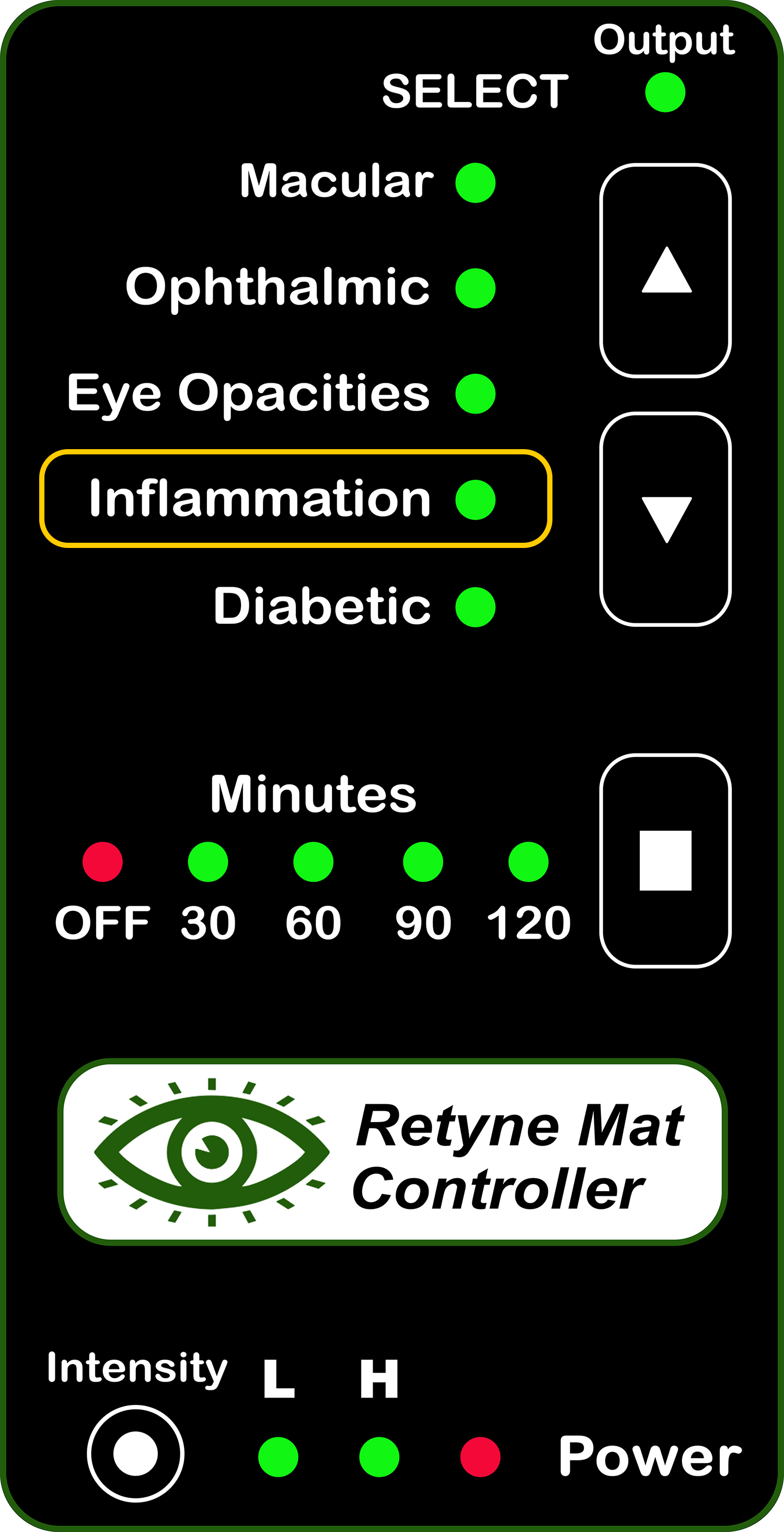
RDPV4 (Direct connect, use group 1234)
RDPV4 Light Mask Program button 4
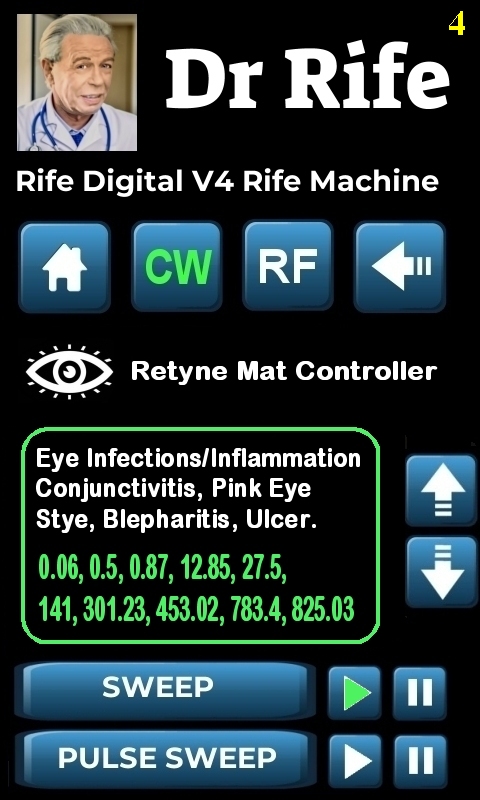
Click here for instructions on using the Retyne Mask + Controller
